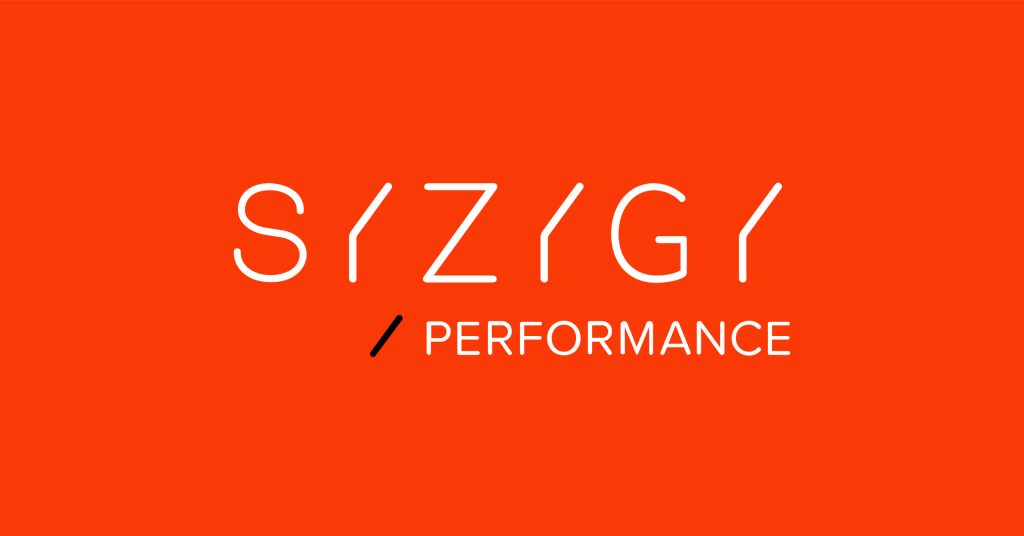

**2025 Hyundai Tucson Plug-in Hybrid Review: A Harmonious Fusion of Efficiency, Performance, and Affordability**
The 2025 Hyundai Tucson Plug-in Hybrid (PHEV) continues to establish its presence in the highly competitive compact SUV market, providing an attractive blend of fuel efficiency, polished performance, and notable value. As car manufacturers hurry to electrify their offerings, Hyundai’s plug-in hybrid version of the well-regarded Tucson emerges as a sensible and environmentally conscious option for families and commuters alike. Below is an in-depth examination of what elevates the 2025 Tucson PHEV above its competitors.
—
### **Powertrain and Performance**
At the core of the 2025 Tucson Plug-in Hybrid is a 1.6-liter turbocharged inline-4 engine combined with a 66.9-kW electric motor and a 13.8-kWh lithium-ion battery. This configuration produces a total output of 261 horsepower and 258 lb-ft of torque, transmitted through a 6-speed automatic transmission and standard all-wheel drive (AWD).
The Tucson PHEV provides swift acceleration and smooth power delivery, making it more engaging to drive compared to many of its hybrid competitors. The transition between electric and gasoline power is unnoticeable, and the AWD system adds confidence in poor weather or mild off-road situations. The regenerative braking system is expertly tuned, allowing for effective energy recovery while maintaining a pleasing driving experience.
—
### **Electric Range and Fuel Economy**
One of the Tucson PHEV’s most appealing features is its electric-only driving range. The 2025 model delivers an estimated 33 miles of all-electric travel — perfect for short commutes or nearby errands. When functioning as a hybrid, the Tucson achieves an EPA-estimated 35 MPG combined, positioning it among the more fuel-efficient choices in its segment.
Charging the battery is hassle-free. Using a Level 2 charger, the Tucson PHEV can be fully charged in under two hours, while a regular household outlet will take about 8–10 hours. This versatility allows owners to conveniently recharge the battery overnight or throughout the day.
—
### **Interior and Technology**
Inside, the 2025 Tucson Plug-in Hybrid features a roomy and contemporary cabin adorned with high-quality materials and considerate design. The layout is straightforward and user-friendly, highlighting a standard 10.25-inch digital instrument cluster and a 10.25-inch touchscreen infotainment system that is compatible with Apple CarPlay, Android Auto, and Hyundai’s Blue Link connected services.
Passenger comfort is prioritized, with generous legroom in both rows and accommodating seating. The rear seats fold flat to increase cargo capacity, providing up to 66.3 cubic feet of storage — competitive for its class. Despite housing a battery pack, the Tucson PHEV achieves almost identical cargo capacity to its gasoline-only version, thanks to efficient design.
—
### **Safety and Driver Assistance**
Hyundai emphasizes safety as a priority, and the 2025 Tucson Plug-in Hybrid is no exception. It comes equipped with Hyundai SmartSense, a suite of advanced driver-assistance technologies that includes:
– Forward Collision-Avoidance Assist with Pedestrian Detection
– Lane Keeping Assist and Lane Following Assist
– Blind-Spot Collision-Avoidance Assist
– Rear Cross-Traffic Collision-Avoidance Assist
– Smart Cruise Control with Stop & Go
– Highway Driving Assist (available on higher trims)
These features contribute to the Tucson’s impressive safety ratings and help alleviate driver fatigue on long journeys or in congested traffic.
—
### **Trim Levels and Pricing**
The 2025 Tucson Plug-in Hybrid comes in two well-appointed trims:
– **SEL Convenience** – Starting at approximately $39,000
– **Limited** – Starting at roughly $44,000
Both trims are generously equipped, with the Limited introducing luxurious features such as ventilated front seats, a panoramic sunroof, premium sound system, and a surround-view monitor. While the Tucson PHEV has a higher initial price than its gasoline-only counterpart, it may qualify for federal and state tax incentives, assisting in offsetting the cost difference.
—
### **Competitors and Market Position**
In the expanding plug-in hybrid SUV market, the 2025 Tucson PHEV faces competition from models like the Toyota RAV4 Prime, Ford Escape Plug-in Hybrid, and Kia Sportage PHEV. Although the RAV4 Prime offers more power and a slightly greater electric range, the Tucson stands out with a lower starting price, standard AWD, and a more sophisticated interior.
Hyundai’s robust 10-year/100,000-mile powertrain warranty and 5-year/60,000-mile basic warranty further enhance the Tucson’s value, providing buyers with additional peace of mind.
—
### **Final Verdict**
The 2025 Hyundai Tucson Plug-in Hybrid achieves an impressive equilibrium between efficiency, performance, and everyday practicality. With its seamless powertrain, admirable electric range, premium interior, and extensive safety features, it






